HonorHealth Research Institute First in Southwest to Implant New Stroke Prevention Stent
DAIC
JUNE 4, 2024
The Neuroguard Integrated Embolic Protection (IEP) system is an experimental treatment for carotid artery stenosis, also known as carotid artery disease, a condition in which fatty-waxy deposits known as plaque builds up and blocks the normal flow of blood in the large arteries on either side of the neck. Designed by Raleigh, N.C.-based

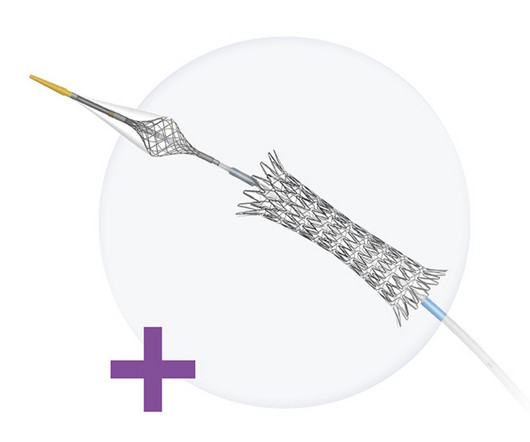
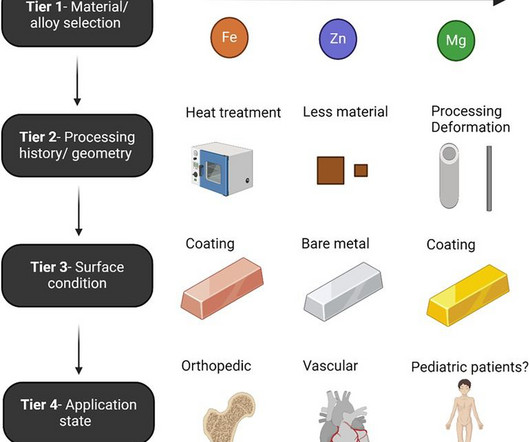

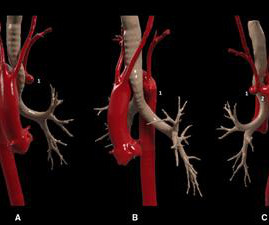



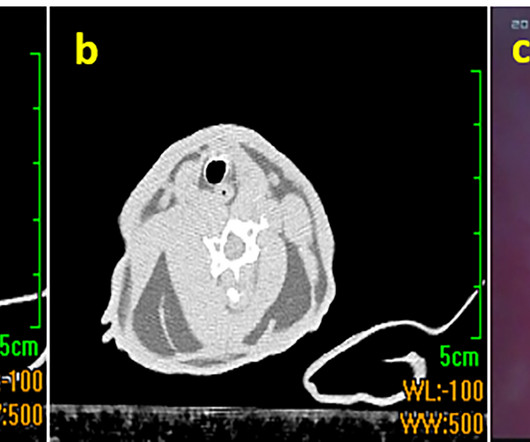

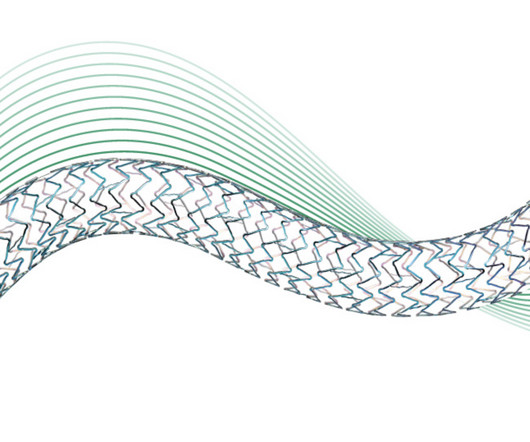









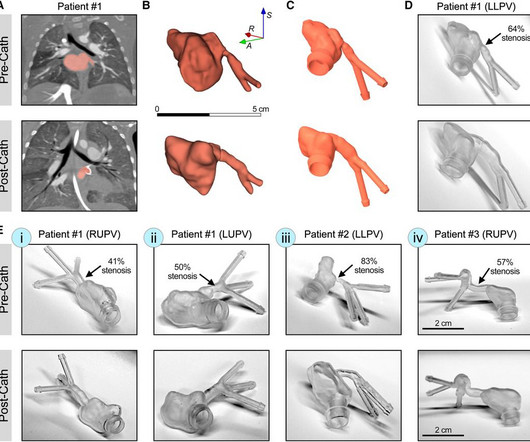







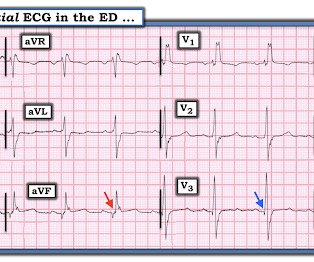
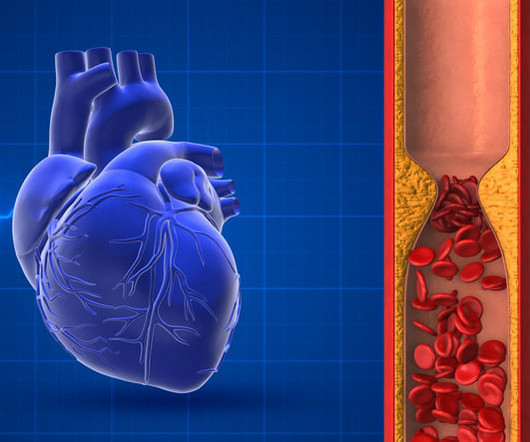





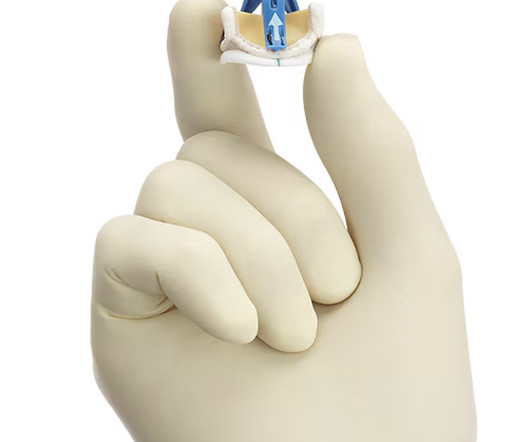






Let's personalize your content